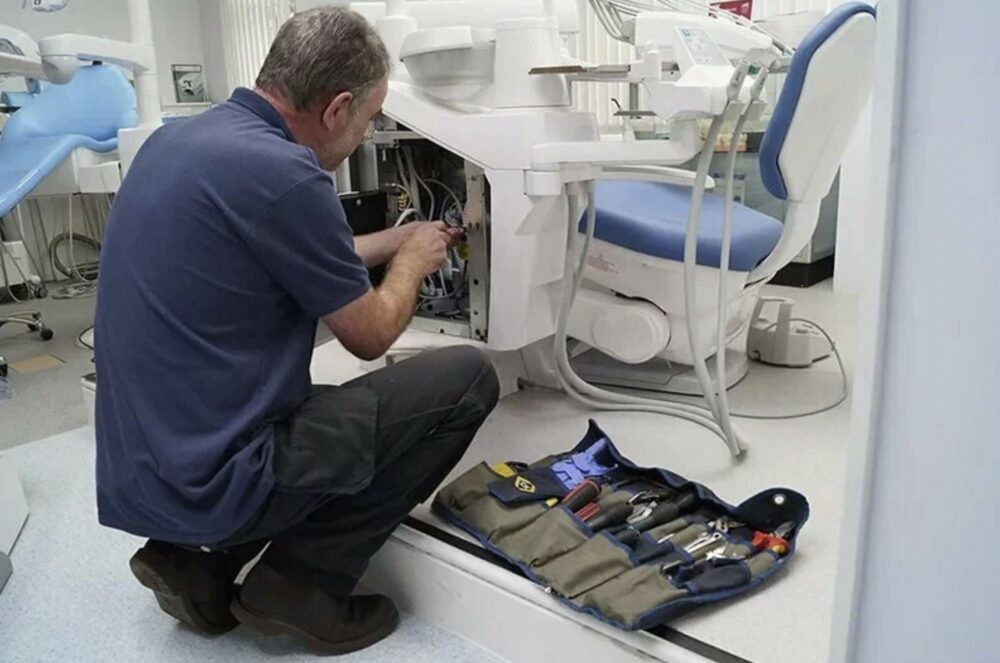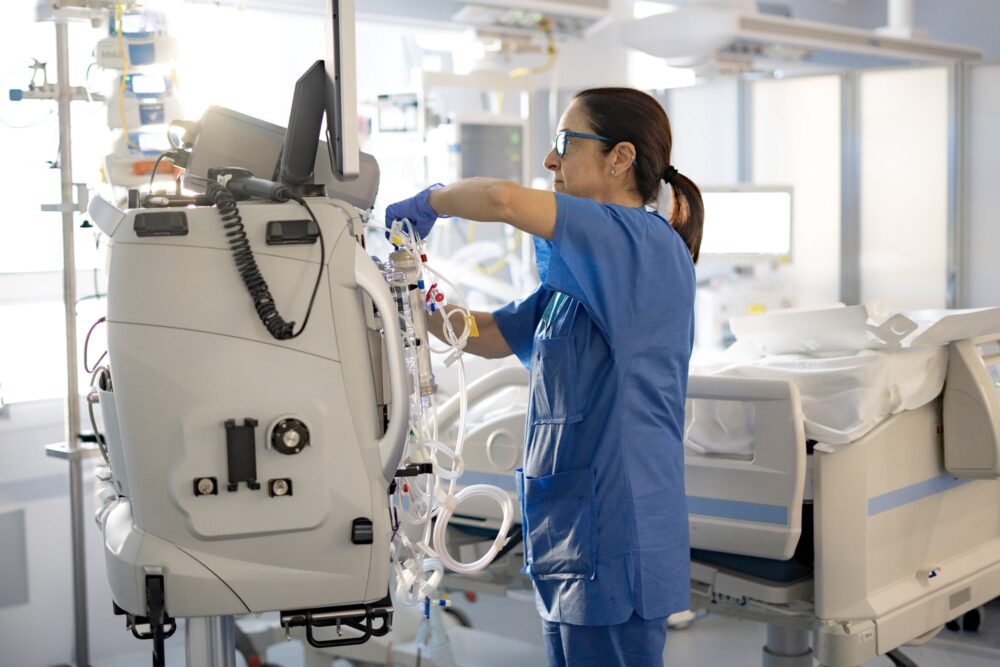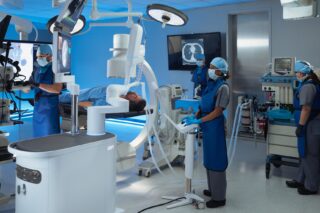This article was written by Jinesh Patel, CEO and Co-Founder of UptimeHealth.
Today’s hospitals rely on cutting-edge medical equipment to provide effective patient care, from simple tests to life-sustaining procedures. However, the integrity of this foundation is in danger due to a widespread and very troubling practice. Planned obsolescence, the method by which manufacturers purposefully reduce a device’s lifetime to force new sales, has spread from the consumer electronics industry to our critical care settings. This means each pathway locks health systems into premature replacement cycles even when the hardware is still mechanically sound. Although we understand the need to end support on older equipment to reduce business risk and operational costs, as well as continue to innovate and drive adoption of the latest technologies, it comes with a cost to the provider that cannot be overshadowed.
A Business Strategy with Real Consequences
Manufacturers claim relentless innovation to accelerate model turnover through frequent major releases, regulatory resets, sometimes spare-part embargoes, and even abrupt end-of-support notices for older firmware and software. We have seen this with cell phones and other common items in our day-to-day lives that we may not often think about.
In practice, such turnover takes three interlocking forms:
- technological obsolescence, where new models render existing devices outdated
- regulatory obsolescence, when changing standards pull still‑functional equipment out of compliance
- and functional obsolescence, as spare parts and software updates become unavailable or prohibitively expensive.
The human cost of this practice surfaced last autumn when former jockey Michael Straight, paralyzed from the waist down, lost the use of his $100,000 exoskeleton after the maker stopped servicing any unit more than five years old.
“I find it very hard to believe. A $20 battery is the reason I can’t walk anymore,” he wrote as he pleaded for help on Facebook.
Financial and Environmental Toll on Healthcare Systems
Planned obsolescence squeezes healthcare budgets and the planet at the same time. Costly manufacturer service contracts, mandatory upgrades, and annual software fees divert money from staff training, patient care, and other critical needs. This is a time when we have seen the cost of equipment increase through inflation or tariffs, requiring the hospital to spend more than anticipated to keep its operations active.
Furthermore, sustainability now sits near the top of every hospital’s agenda, which makes a throwaway approach to six‑figure medical devices untenable. Each prematurely discarded ventilator or imaging system squanders rare minerals, erases the carbon already spent on manufacturing, and funnels toxic components into landfills and incinerators. A 2025 environmental impact report found that global healthcare facilities generate over 6,600 tons of medical equipment waste per day—waste that could often be avoided if equipment lifespans were supported more responsibly.
The consequences don’t stop at the landfill. In many low-resource countries, refurbished medical technology serves as a lifeline where new equipment is financially out of reach. When devices are cycled out earlier in higher-income countries, fewer make their way into these systems of care, limiting access to diagnostics, treatment, and critical monitoring tools. In effect, rapid obsolescence doesn’t just strain the budgets and sustainability goals of hospitals here—it also widens global health disparities in places that can least afford it.
At the same time, the environmental fallout closer to home is equally concerning. Polluted air, contaminated water, and toxic runoff burden the very communities that healthcare systems are meant to serve. Meanwhile, shortened equipment lifespans reduce the overall pool of viable devices, compounding the barriers to care in under-resourced regions. In this light, treating advanced medical technology as disposable undermines both environmental progress and public health outcomes.


What Hospitals and Policymakers Can Do Now
The broader right-to-repair movement has finally prompted policymakers to recognize the counterproductive nature of repair restrictions in healthcare. So, bills that let hospitals service their own equipment are now moving forward in several jurisdictions. Backing these measures—and sharing technical expertise to shape them—is a practical step toward a more resilient, responsive healthcare system.
Given the pace of legislative change, interim measures at the organizational level remain essential. Healthcare leaders have an opportunity to shape manufacturing behavior through collective purchasing decisions and thoughtful contract negotiations. By prioritizing terms that guarantee access to diagnostic software, service manuals, and reasonably priced replacement parts for the full anticipated lifetime of the equipment, especially for items that the OEM no longer wishes to support themselves. Hospitals can encourage more responsible practices by setting clear expectations during procurement and scrutinizing service contracts for clauses that create unnecessary dependencies.
At the same time, adopting practices like predictive maintenance can help hospitals proactively manage equipment performance and avoid unnecessary downtime. By leveraging data and analytics to anticipate issues before they lead to failures, healthcare providers can extend the useful life of their assets and keep care uninterrupted — even when manufacturer support is limited.
Building supplier relationships grounded in transparency and a shared commitment to patient safety — rather than short‑term profit — benefits everyone. When manufacturers openly share resources, and hospitals complement that with predictive maintenance programs, clinicians are better equipped to maintain equipment and deliver consistent care.











